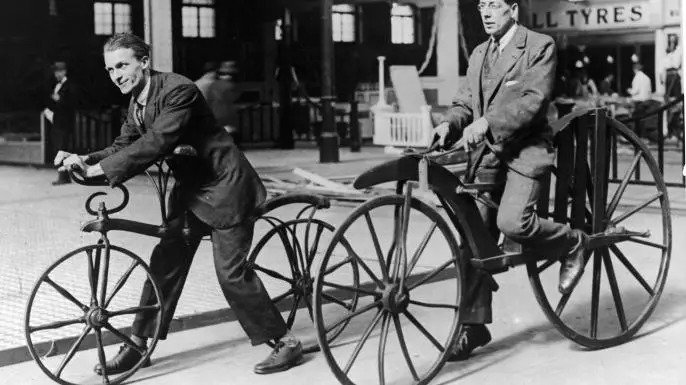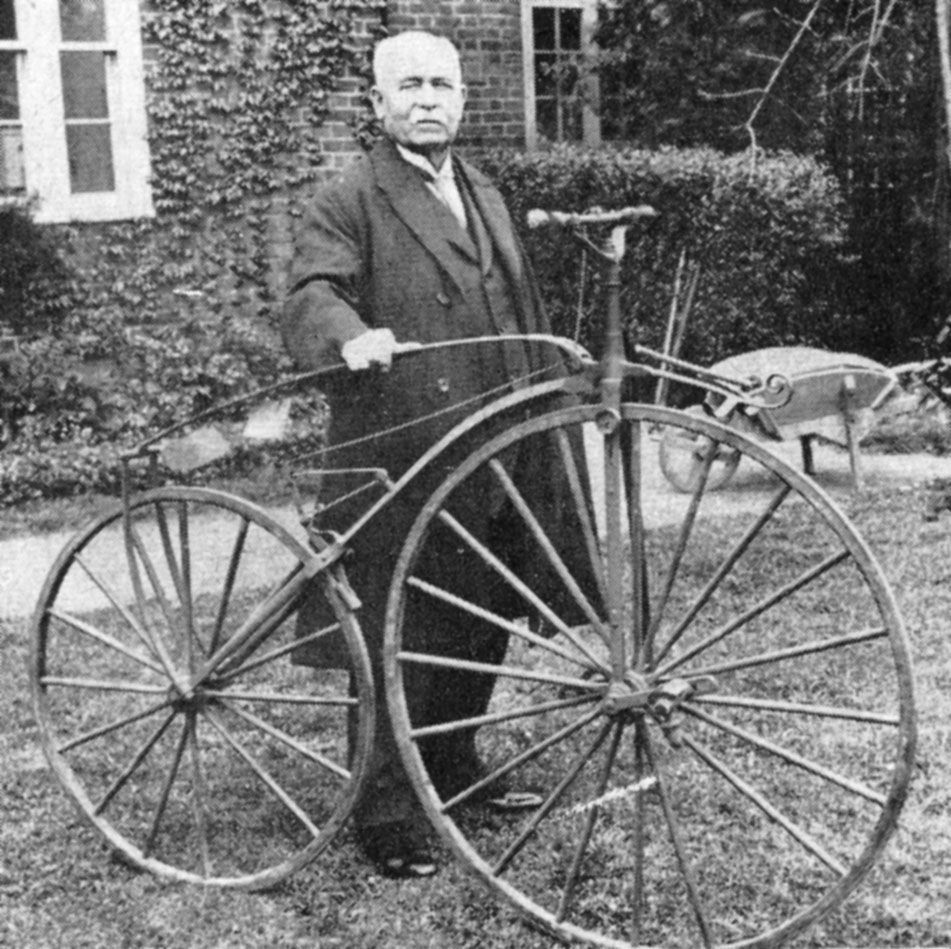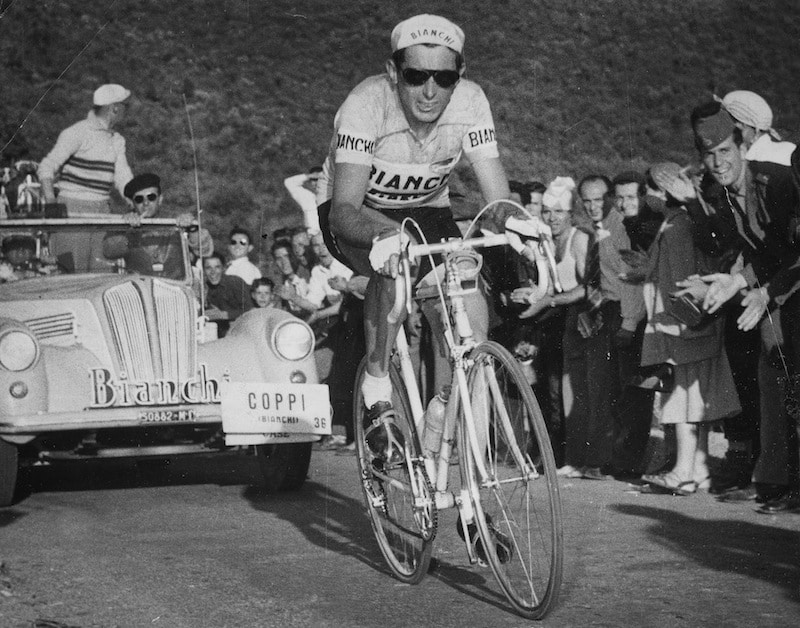The history of the bicycle riding initiates from the invention of bicycle in the 19th century. To learn more about the sport, let’s take an interesting ride to the history of bicycle.
The History of Bicycle
For a very long time, bike riding was considered a sport meant to be only for kids. As they reached their teens, kids often discontinued biking. One of the main reasons was they would get themselves upgraded to driving cars. For others there were no proper biking routes available in the area.
But this is not the case anymore! There are now more and more paved routes specifically for bicycles in almost every part of the city of Ottawa. Along with the increasing popularity in bikes, there are also safer options such as E-bikes.
The Origin of Bicycle:
As per the ancient history of bicycle, the roots go back to the Palais Royal in Paris. In 1791, a man named Comte de Sivrac was the first man who rode a non-flexible 2-wheeled contraption. The name of this model was Celerifiere.
This contraption was an entirely dysfunctional prototype. It was almost impossible to steer in a different direction! The rider had to manually redirect the front wheel via dragging or lifting or jumping. This model gained fame in 1793 all over Paris.

The Improvements in Bicycle over time:
- The design of velocipede, created by Von Drais had the same design as the Celeifiere. But the design was extremely basic. From that time on, it has made extensive improvements over time. The velocipede was an entirely wooden structure. There were no pedals so the rider had to push it with his feet.
- The pedals were installed in 1865. A Frenchman Michaux upgraded the bicycle with pedaling mechanism. He also modified the front wheel. He made it bigger so that distance covered with each pedal would increase.
- A couple of years later, Michaux included brakes to his bicycle design to make it stop easily when needed. The chains and gears were included much later in the year 1870. As a result of which it was possible for the riders to go faster in fewer efforts. Moving slowly, the bicycle came in perfect shape as we see it today in the end of 19th century.
The Evolution of Bicycle:
- After the introduction of Celerifiere, A German baron named Karl Von Drais made a major development in 1817. He was the first to be able to make first break through by creating a steerable, 2 wheeled, and a padded saddle contraption. An armrest was installed to help the rider for exerting strong force on the ground. This prototype model neither had chain nor pedals or brakes. The rider had to push off the wheel from the ground with their feet. The clunky wooden ride had many names such as “velocipede”, “hobby-horse”, “draisine”, and “running machine”. Drais got acknowledgment for his invention.
- It was in 1863, when Pierre Michaux installed pedals and cranks to the velocipede’s design. This model got fame with the name of “bone shaker”, because of the strong shake rider used to experience while riding it. One of the reason of being so bumpy was the cobble stoned streets. Other reasons included the wooden frame and metal-rimmed wheels that caused the rider to feel the extreme shakes while cruising.
- To improve the shaking and comfort of the previous model, the penny-farthing was introduced. It eventually increased the speed as well. This new and improved model possessed a large high front wheel. This big diameter of the wheel allowed the rider to cover more distance in a single rotation. Some other features of the model included tires made of rubber and hollow steel frames. Spokes and ball bearings were also added in this model.
History of Bicycling as a Sport
- The sport was officially introduced in 1868. It was in Paris, when a 1200 m race was arranged between the fountains and entrance of saint-cloud park. This race was won by an 18-year-old Englishman named James Moore.
- After this the first city race was held on on November 7, 1869. It was held between two cities of France, Paris and Rouen. It was again won by Moore. He finished this race in 10 hours and 25 minutes.
- The first recorded race in the USA was in 1878 on May 24. It was held in Boston. The major development to the sport was seen in 1899. It was the time when Charles M. Murphy attempted to ride a bicycle on wooden track. He completed the race in 57.8 seconds. He was given the title of Mile-a-Minute Murphy.
- The true flourishing period for bicycle racing in the USA was in the 1890s. It was the time when a 6-day nonstop racing competitions were introduced with prize money up to $10000. While these type of races are no more held in the USA, but they can still be enjoyed in Belgium, Italy, France, and Germany.

The History of Bicycle Goggles:
- The sunglasses were first used in the sport in 20th century. It was then felt mandatory to use the Goggles while riding because of the dirt, grit, and flies. They had the tendency to cause ocular problems. So it was necessary for shielding the eyes.
- The eyewear which we use now, they were first used in the peloton in the 1950s. Before that only flying goggles were common among bike riders, Though they were modified with rubber and lighter frames.
- Film stars made the sunglasses fashion trend. Persol and Ray-Ban were at the top of the list in the trend. Fausto Coppi, the champion of champions wore the popular Aviator, and he flashed like a bright Italian star.
- From this point on, the development of the eyewear was pretty rapid. It was due to the introduction of new and advanced lenses and frames basicallly every day. The bicycle riders did not only want style, they also wanted the best quality optics. Till date the choice of eyewear depends on latest fashion trends and quality of the optics.

The Evolution of the Sport:
In Europe:
When the world war-2 ended, there was a major decline in the use of bicycles in Europe. In 20th century most of the countries put their focus on building roads and shifted their focus of transport to trains and cars. It was mainly due to the reconstruction phase after the war.
Similarly, in the Netherlands the decline in bicycling was evident on the roads in the 1960s. As a result, there was high rate of motor vehicle accidents in young people. This led to the reconsideration of bicycle as a means of transport.
There was also emergence of different campaigns by common people in Netherlands. The social campaigns pressurized the local government and politicians to design an independent route and traffic infrastructure for bicycling.
The campaigns were successful and eventually led to the approval of a master plan for nation-wide bicycle protected areas and routes. In addition to this dedicated bike garages and parking were also part of the plan.
Along with above struggles Dutch activists moved forward. They proposed an integrated bike transport plan, which later became an exemplary model for other countries in the world to replicate.
In the USA:
It was in the 1980s, when the upper class started taking interest in biking. They took up Biking as a health and fitness achieving activity in the United States. The number of adult bicyclists were still fewer. But it was emerging as a recreational and weekend leisure activity for most of the adults in the USA.
Soon by the end of 1980s, the introduction of mountain biking allowed the population in the USA to take interest in bicycling. Moreover, in the 1990s, emergence of bicycle racing also resulted in enhanced interest and increased number of bicyclists in the USA.
Furthermore, In the 2000s the oil prices shoot up. As a result, the bicycling became the most popular sport and means of transport in the urban areas of the country.
In Ottawa, Canada:
The history of bicycle starts in Ottawa in the year 1877. Mr. Back, an 18-year-old piano tuner created his own high wheeler Bicycle after reading about the bike in the USA. His design resembled the penny-farthing model. His model rode well. As he became talk of the town, he managed to sell four replicas of his design in Ottawa.
Safety bikes, those with wheels of equal sizes were introduced in the 1890s. This increased the craze of bicycles in the country. By 1895 there were almost 250 enthusiastic bike riders in Ottawa.
In the year 1895 the first biking route was created and the Sparks Street was paved with asphalt till the bank street. To inaugurate this brand new paved path 3 bicycle races were arranged on 26th August. Mayor Borthwick of Ottawa and City council sponsored them.
The sport gained enormous fame back then. Presently, bicycle still remains the most popular and fun mode of exercise and transportation among the residents of Ottawa.
Summary
The bicycle was acknowledged as a sport and leisure activity in the early 1800s. At the beginning they were not comfortable at all. Since they were not safe as well, therefore, it was not common in most of the public. In the 1870s, bicycles started to gain popularity and reach the general population. Today, biking is now considered an essential part of urban transport.
Previously history of bicycle was being handled poorly. There were many rumors associated to this sport, which were totally false. Even the reputed museums had little information about the history of bicycle. One ride to the history of the bicycle does not justify the journey of the sport. There is much more amazing facts related to the history of bicycle. In fact, bicycling has gained an essential place in society for most countries.
At present, the high oil prices, dense traffic conditions, in combinations with increased health and fitness awareness has boosted the popularity of the sport. The people in countries such as in Europe, the USA and East Asia now take keen interest in biking. Almost every city in the world now contain a master plan for integrated bicycling routes. Most recent developments includes the introduction of docking stations and dock-less bikes as a part of urban transport plan.
